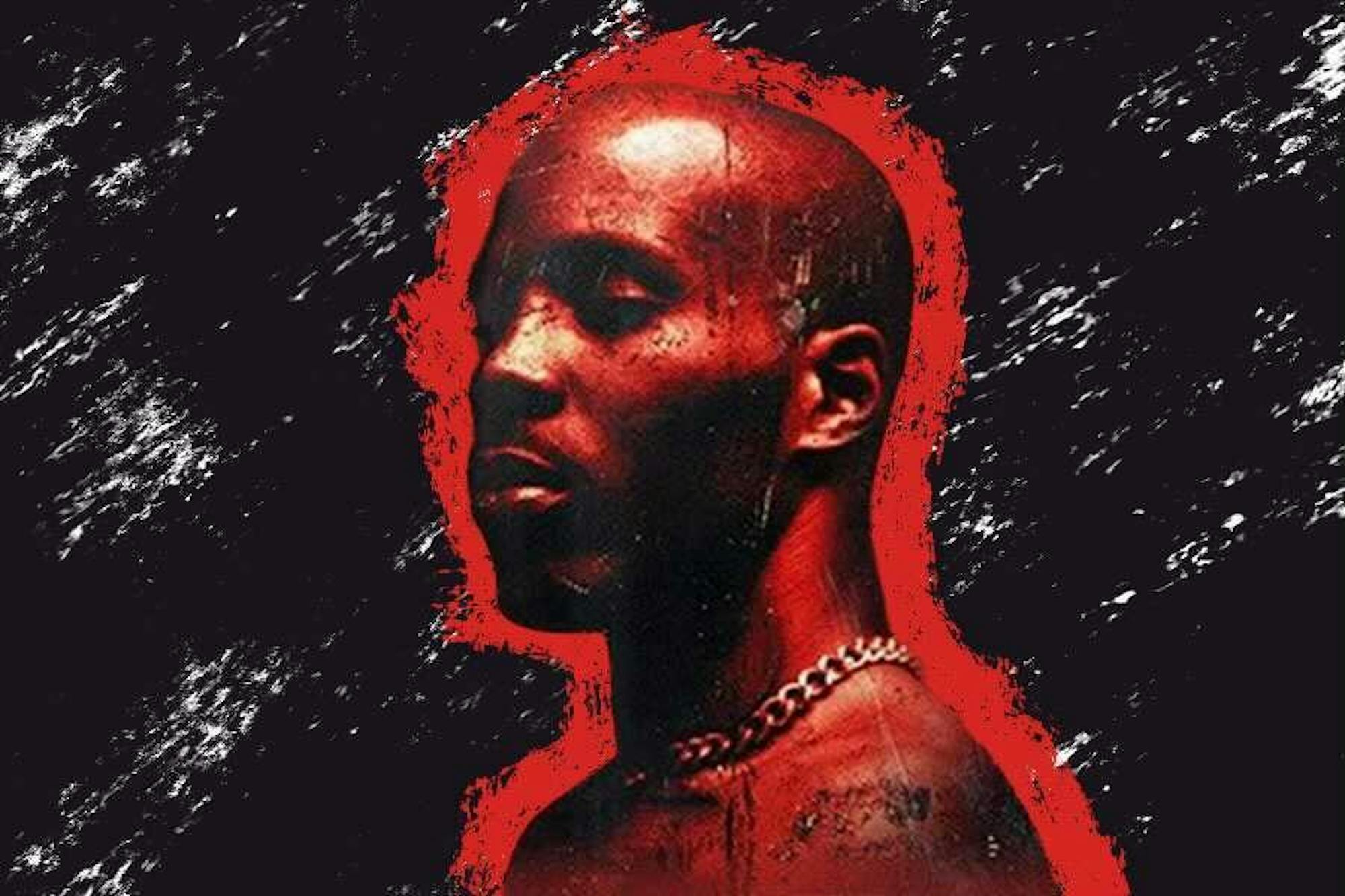Earl Simmons, better known by his stage name DMX, clawed his way from the streets of Yonkers to hip-hop fame with his guttural voice and signature barking adlibs. He commanded an emotional rawness that few rappers in the early bling era of hip-hop could channel. However, Simmons struggled with his demons — battling drug addiction throughout his career. Following complications from a drug overdose, he died on April 9, at the age of 50.
Born in Mount Vernon, New York in 1970 Simmons had a very difficult childhood and began rapping as a teenager as a creative outlet. He rose to prominence in the late 1990s and early 2000s with his menacing and dark rap style on albums such as “It’s Dark and Hell is Hot” and “…And Then There Was X.” What set him apart from his contemporaries was his unabashed and unashamed emotional rawness. While his aggressive persona and rowdy anthems — “X Gon’ Give it To Ya” and “Ruff Ryders’ Anthem” — propelled DMX to fame, it was introspective and genuine records like “The Born Loser” and the Grammy-nominated “Who We Be” that defined Simmons as an artist.
Simmons embraced hip-hop as a major aspect of his life.
“Hip-hop is not just music, hip-hop is a lifestyle. It’s a way of talking, it’s a way of standing,” Simmons said in a 2020 interview with rapper Talib Kweli.
Rap dominates mainstream contemporary American music culture. But, in the early 2000s, it was still on the fringes of the music scene, inseparable from the entirety of hip-hop culture — MC’s, beatboxing, graffiti, breakdancing, drug use, poverty and gang violence. DMX’s “Who We Be” is a proclamation of his difficult upbringing, with all of its ups and its downs: “The projects, the drugs (Uh), the children, the thugs (Uh) / The tears, the hugs, the love, the slugs (Come on).”
Simmons also comments on pervasive police brutality in “Who We Be”: “The streets, the cops, the system, harassment (Uh-huh) // The options, get shot, go to jail or getcha ass kicked (Aight).” Many of his songs refer to the topics of police brutality, mass incarceration and racial profiling — issues that continue to haunt America.
One of Simmons’ most famous and introspective songs is “Damien” from his debut studio album, “It’s Dark and Hell is Hot.” “Damien” focuses on a conversation between his DMX persona and a character named Damien. Damien acts a sort of a devil in disguise, promising fortune and fame while offering instant gratification from drugs and sex. In the chorus, DMX sings “The snake, the rat, the cat, the dog / How you gonna see him if you livin' in the fog?” These lyrics use animals as symbols for treachery and loyalty — the snake is treacherous, the rat is untrustworthy, the cat is indifferent and the dog is loyal. The next line about living in the fog reveals that DMX is clouded by the allure of fame and is thus blind to Damien’s true character.
Damien is an allusion to the real-life Ready Ron, Simmons’ mentor. Ready Ron introduced his mentee to hip-hop — both the upsides and downsides — in Yonkers. Though he denies it, Ron is allegedly responsible for sparking Simmons’ drug abuse. According to Simmons, following a joint-effort robbery, Ron passed a blunt to a 14-year-old Simmons, who until then had avoided drugs.
“I later found out that he laced the blunt with crack,” said Simmons in the interview with Kweli. “Why would you do that to somebody who looks up to you? [...] A monster was born.”
Drug abuse troubled the rest of Simmons’ life. He was in and out of prison for speeding violations, drug possession, animal cruelty, criminal impersonation, carjacking and other offenses. But Simmons channeled these issues and his feelings into powerful music. Simmons embodies the detached, angry “Ruff Ryders’ Anthem” mentality of “All I know is pain // All I feel is rain.”
Simmons’ tumultuous career and tragic overdose underscore the complex relationship between hip-hop, drug addiction, the marginalization of Black communities and what Kweli in his interview with Simmons called “the pathologies of the hood.” Behind the braggadocious swagger of hip-hop culture are the saddening realities of racism in the U.S. Simmons’ life was plagued with drugs and criminal activity. Some might argue the bombastic aggression and crudeness of his gangster rap was a cry for help.
“Drugs were a symptom of a bigger problem. There is only so much you can block out, you know, before you run out of space. And then things just fall over the place,” said Simmons in the interview with Kweli.
He openly spoke of his struggles on many of his tracks. On “Who We Be,” he discusses his complicated relationship with his family: “My mother, my father, I love 'em, I hate 'em (Uh) / Wish God, I didn't have 'em, but I'm glad that he made 'em (Uh).” On “The Born Loser,” he says “Times are hard in the ghetto, I gotta steal for a living / Eating turkey-flavored Now & Laters for Thanksgiving.” His lyrics touch on the unfortunate turn he took towards crime, seeing it as his only option.
“Talking about your problems is viewed as a weakness, when it’s the bravest thing you can do,” said Simmons in the interview with Kweli.
For all his faults, Simmons’ legacy of passion and pain demonstrate the importance of emotional honesty and authenticity through the channel of gangster rap. Hopefully these more positive aspects of his career in creating authentic, powerful music will continue to inspire other rappers.



